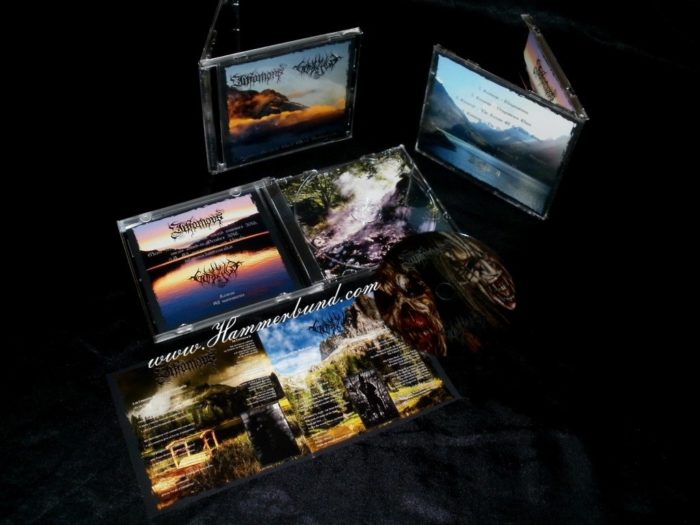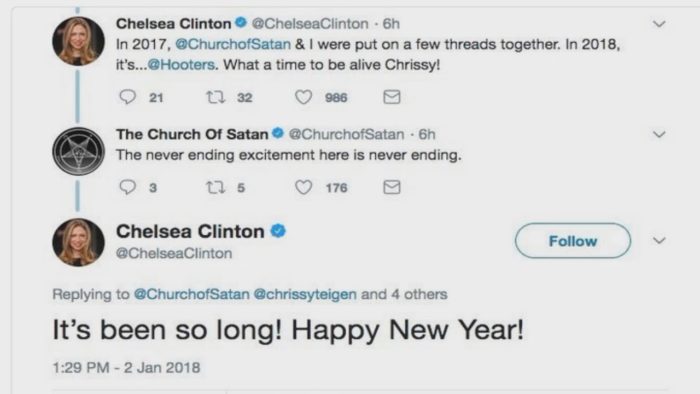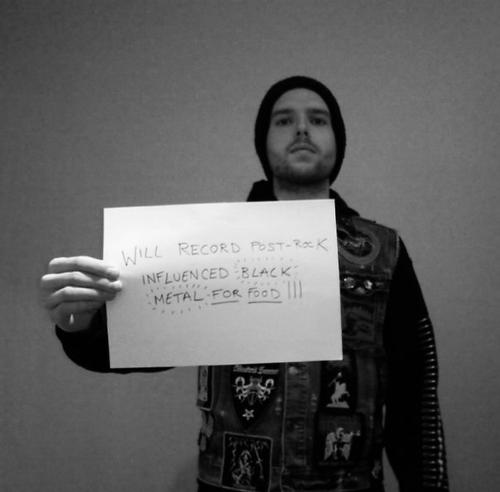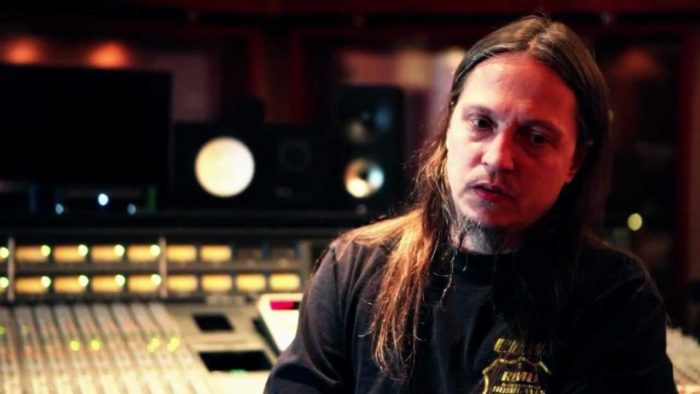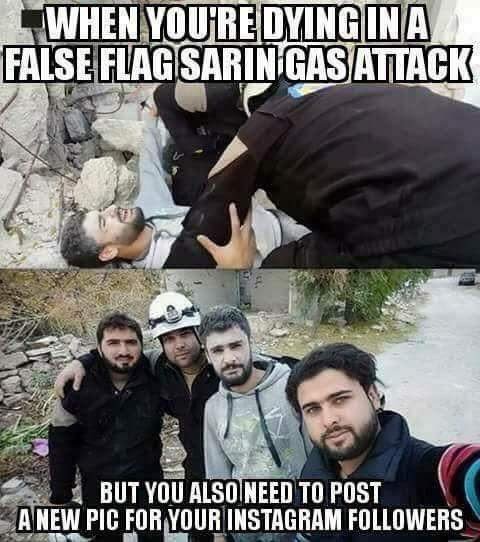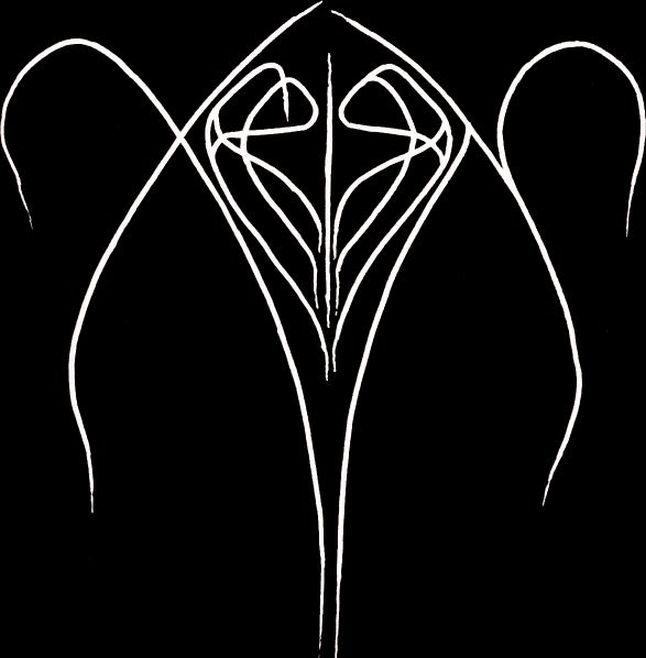
[Join DMU editor Brock Dorsey on the first of a two part massacre of the soy metal sub genre that has bastaradized black metal beyond the belief! Also, this image is an actual cover from an actual post black metal album- you can’t make this stuff up!]
Post black metal was an embarrassing sub genre of soy metal. Built upon a foundation of either screamo, pop punk, metalcore, math rock, shoegaze, or avant-garde and fused with the most minimal touches of black metal, post black metal was a flavor of the week(/weak) trend that lasted from around 2009 to 2014. The genre name is misleading, however, as most bands only claimed to be metal and incorporated only slight touches of metal characteristics before abandoning them completely in future releases. As indicated by its core standard bearers being dropped by labels, performing terribly in sales and Facebook likes, and being forgotten by fans, post black metal has finally passed away. As we lay it to rest with one final cremation in the SMR fashion, let us learn from its failings as the future looks to more traditional forms of heavy metal to restore a once proud genre.
First, we must understand metal history to understand how such an abomination could happen, as Post-black metal followed a number of flavor of the week black metal trends and bands. The first of these, symphonic black metal, sent many fans of the original (true) black metal genre into a frenzy with their incorporation of gothic influences. What was to come would be much worse, however, as the soy metal bands marketed as black metal would prove to be far more embarrassing than the Victorian campiness of Cradle of Filth or the industrial meddling of …And Oceans. The next flavor of the week black metal trend was cleverly concealed in a cloak of static, but the hipsterisms of “depressive black metal” would soon be known to the world. Time was not kind to the legacy of Xasthur and Leviathan, both of whom are now widely panned against the metal community, as where the thousands of “bedroom black metal” clones who polluted Myspace. With many short lived flavor of the week trends (such as “Norsecore” and “Cascadian black metal”) and bands (Kult ov Azazel, Inquisition) in between, the soy metal- black metal hybird that was post black metal was the next successful marketing scheme to deceive young and retarded metal fans alike.
Performed mostly by wealthy but useless trust fund kinds from liberal cities, post black metal was to metal as emo was to rock music: feminine, tame, and a complete and utter bastardazation. Thus, post metal was eventually abandoned by its former fans, spat on by the metal community, dropped by metal/rock record labels, and remembered poorly by music lovers. Much like how the rent some of its musicians was eventually cut off from their parent’s bank roll, post metal was eventually told to stop leaching off the metal community so that the genre may maintain a shred of dignity.
Brace yourselves for an infernal evisceration unlike aynthing you’ve ever seen before, because in this edition of SMR, we won’t just be sadistically reviewing albums…
…we’ll be sadistically reviewing careers.
(more…)
53 CommentsTags: altar of plagues, archgoat, art rock, Black Metal, burzum, cradle of filth, drone, drugs, dsbm, ghost bath, hipsters, Hunter Hunt Hendrix, Leviathan, liturgy, magazine, metal, metal-archives, nuclear blast, post-black metal, post-rock, sadistic metal reviews, screamo, smr, soy metal, trust fund kids, vice, wolves in the throne room, xasthur
